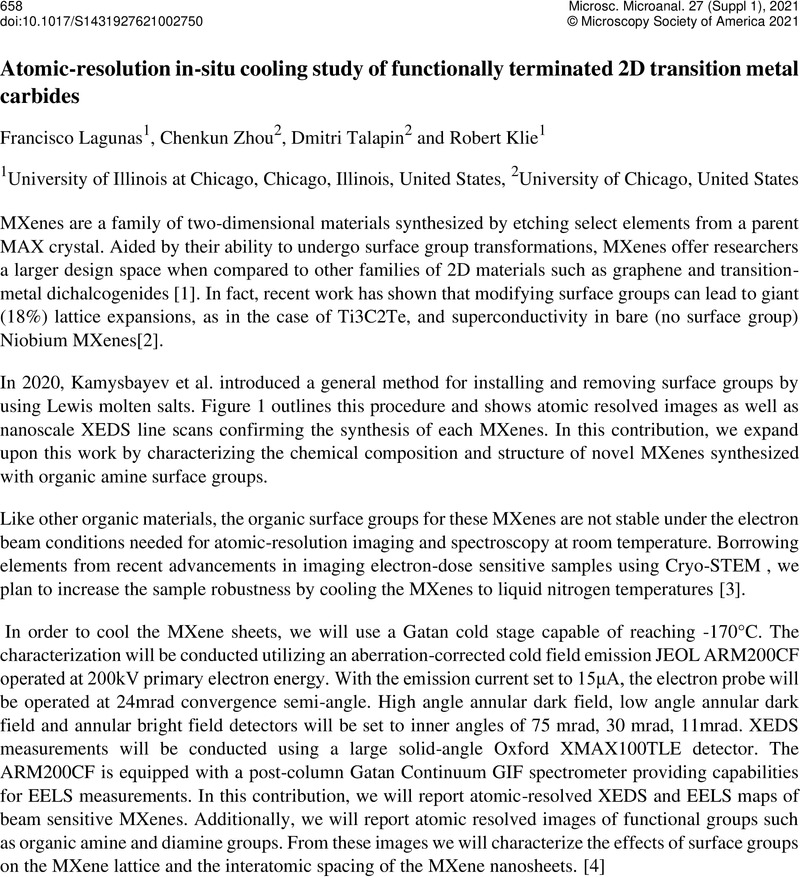Crossref Citations
This article has been cited by the following publications. This list is generated based on data provided by Crossref.
Shin, Yuyoung
Stepien, Dominik
Hepp, Marco
Butz, Benjamin
Bresser, Dominic
and
Fleischmann, Simon
2023.
Cryogenic electron microscopy workflows for the characterization of electrochemical interfaces and interphases in batteries.
Journal of Power Sources,
Vol. 556,
Issue. ,
p.
232515.





